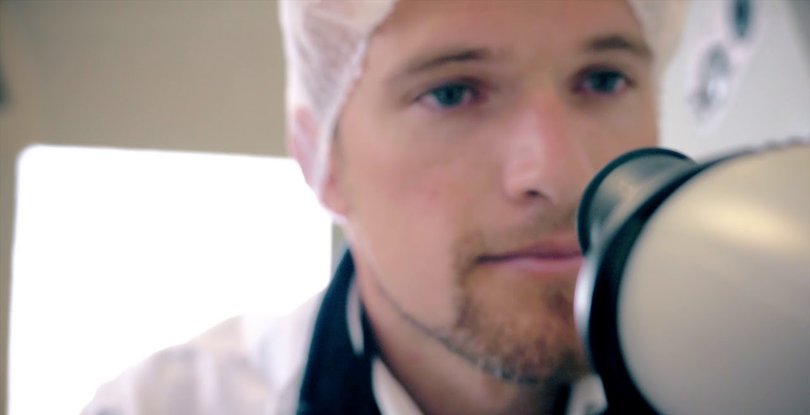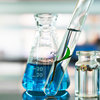Marine biotechnologies
Exploring the full potential of algae and marine plants
BiotechMarine, a Seppic subsidiary based in Brittany (France), has developed several biotechnologies from algae and marine plants to create and produce marine cosmetic active ingredients for the Seppic actives brand. Culture of dedifferentiated cells from marine plants or macroalgae cells in a bioreactor not only preserves marine resources, but makes it possible to explore the full potential of these resources.
Celtosome™, culture of dedifferentiated cells from marine plants
Marine halophyte plants are naturally exposed to stressful conditions such as salinity and exposure to UV radiation. Their specific defense mechanisms developed in response makes them an unparalleled resource when creating effective active ingredients for skin care.
The dedifferentiated cells of marine halophyte plants are reproduced and cultivated in bioreactors. Transformed into active ingredients, they can deliver exceptional performance as part of cosmetic formulas.
What makes dedifferentiated cells special is their very absence of any character of specialization and their potential to contain all components of the plant. Dedifferentiated cells are both able to self-renew at an undifferentiated stage, and to differentiate in all cell types through regenerating an entire plant – depending on the conditions of cell culture.
Each type of metabolism generates specific metabolites. Dedifferentiated cells behave like a ‘molecule factory’, waiting for the appropriate culture conditions to synthesize targeted active ingredients, in potentially different compositions to the original plant.

Celtosome™, a sustainable culture technology
The culture of dedifferentiated plant cells comprises several stages of growth in sterile conditions.
The first step is to obtain dedifferentiated cells. Thin sections of plant tissue are cut from a fresh plant under sterile conditions and placed in a solid culture medium. This is specific to each plant species and guarantees the newly generated cells remain in a dedifferentiated state. This cell aggregate is designated by the term callus, and removed and transplanted onto a fresh solid culture medium. The callus subculture is repeated until its structure is smooth and dispersible in liquids.
Second, small fragments of the callus are transferred to a liquid culture medium that is constantly stirred to disperse the cells. Successive culture stages take place in a photobioreactor for intensification.
In the final step, drawing on our expertise in phytochemistry we select the most consistent form that can guarantee the maximum stability and bioavailability of natural active molecules. Examples include the centrifugation and lyophilization of cell cultures, the production of lysates, or plant extraction.
Celebrity™, the culture of macroalgae cells
Macroalgae are commonly used for nutraceuticals and cosmetics because they contain biologically active compounds, known as metabolites. For their culture, ingredients are produced in bioreactors from macroalgae that are kept in a cellular state throughout the entire production process.
The process begins with the selection of macroalgae cells in the laboratory, collected from a drop of seawater, shells, rocks, or other colonized algae from which monospecific cultures are obtained. The cells are then cultured in photobioreactors with an intensification process that produces the biomass on an industrial scale.
It is essential to control conditions such as salinity, nature of the nutrients, agitation, introduction of gas, and temperature during culture to ensure optimal biomass production. The biomass is then shaped to create the active ingredient: a cell concentrate.
Scientific communication
|

Exploring the potential of macroalgae
The Bréhat archipelago, also known as the “Underwater Amazon”, is a hot spot for biodiversity with thousands of species. The composition, and effects on the skin, of a wide variety of macroalgae can be explored in the laboratory. BiotechMarine has chosen to focus on lesser-known species.
It is estimated around 9,000 macroalgae species exist worldwide, including 1,800 brown macroalgae, 6,000 red macroalgae and 1,200 green macroalgae. Less than 1% of these are valorized in cosmetics due to the low accessibility of biomass and the difficulty of cultivation.



